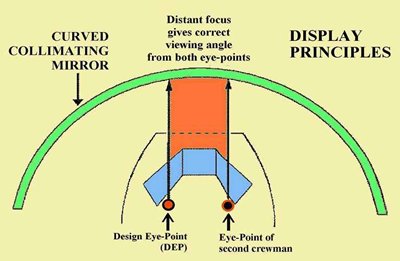 Collimation refers to the adjustment of the different parts of the telescope, specifically its optical elements to correct the alignment on their intended optical axis so that it can provide the viewer with the best images possible, thus, improving the over-all performance of the telescope.
Collimation refers to the adjustment of the different parts of the telescope, specifically its optical elements to correct the alignment on their intended optical axis so that it can provide the viewer with the best images possible, thus, improving the over-all performance of the telescope.
Collimation should be done periodically, say once every few years, because even though the optical pieces are adjusted in the factory, the alignment may be go out of whack over time. Collimation must be done before looking at the images in the telescope or after you have noticed that the telescope produces images that are not as good as before because misaligned optical pieces produce only substandard results. Another reason why you have to collimate your telescope is because the image processing and development cannot correct these mis-alignments.
Collimation in particular does not require the use of ultra-expensive gadgets; it just needs the use of a good eyepiece and Barlow lens afterwards. The observation of a star with a high magnification is most recommended to check the proper collimation of the optical instrument. This technique should only be done when the instrument is in thermal equilibrium because if not, the air veins inside the telescope can destroy the light diffraction patterns, thus, making the alignment difficult and even incorrect.
